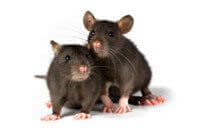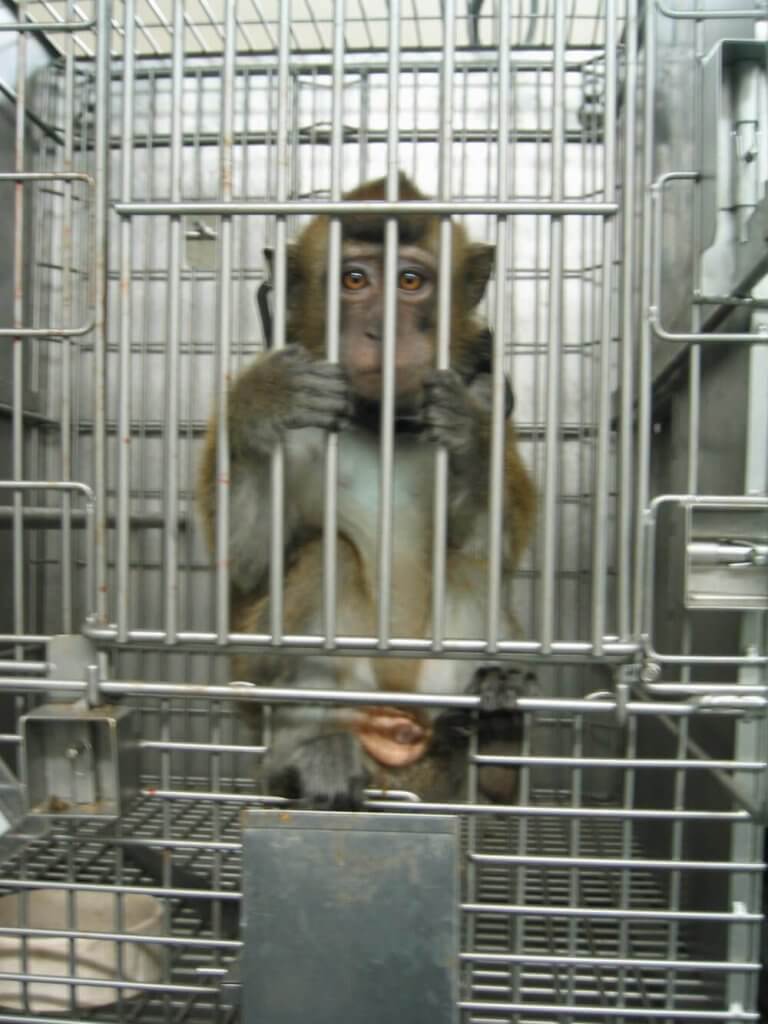PETA Study Shows a Staggering Increase in Animal Use in Experiments
A first-of-its-kind study by PETA scientists, published in the prestigious Journal of Medical Ethics, has found that the use of animals in experiments has increased by a staggering 73 percent at leading U.S. laboratories in recent years—despite growing public opposition to animal experimentation, mounting evidence that results from animal studies are often not applicable to humans, and the availability of superior non-animal research methods. PETA presented the results of this groundbreaking work at the annual American Association for the Advancement of Science conference earlier this month.
Surprisingly (and unscientifically), the animals most commonly used in laboratories—notably mice, rats, and birds bred for experimentation as well as fish, reptiles, and amphibians—aren’t even defined as “animals” in the Animal Welfare Act (AWA), the single federal law that governs the treatment of animals in laboratories. As a result, no one actually knows how many are in laboratories because published data on the use of these animals are lacking, and the animals themselves are excluded from the meager legal protections afforded by the AWA, such as the provision of pain relief following painful procedures or the requirement to search for non-animal methods.
However, every four years, institutions that receive federal funding to experiment on animals must submit little-known reports to the National Institutes of Health (NIH) that include the numbers of all vertebrate animals used. Even though NIH doesn’t publish these data or analyze them to map trends in animal use, they’re available through Freedom of Information Act requests. PETA secured the documents from the top 25 institutional recipients of NIH grants—which take in a whopping 27 percent of all grants disbursed by NIH—and when we crunched the numbers, we found that over the 15-year period from 1997 to 2012, total animal use at these facilities increased by a shocking 72.7 percent. That translates into a jump from 1,566,994 to 2,705,772 animals in laboratories at just these few facilities.
The increase was driven primarily by more frequent use of mice, mainly genetically modified mice bred to carry genes that predispose them to crippling diseases and other maladies. Because 95 percent of mice bred for these cruel experiments don’t carry the “desired” gene, they’re typically killed right after birth. The spread of this inefficient and inhumane practice has caused animal use to skyrocket. In fact, PETA’s study found that nearly 99 percent of animals used at these top-funded institutions are from species, such as these mice, that are excluded from the AWA.
Experimenters like to claim that animals are used only when it’s absolutely necessary and that there are stringent regulations to ensure that they’re humanely treated. But the numbers don’t lie: Despite the availability of sophisticated, human-relevant, non-animal methods, experimenters are using more and more animals, and the vast majority of these animals have virtually no legal protections.
Please take a moment to urge the government to take the lead on reversing this trend and replace the use of animals in experiments with humane, superior non-animal research tools.



